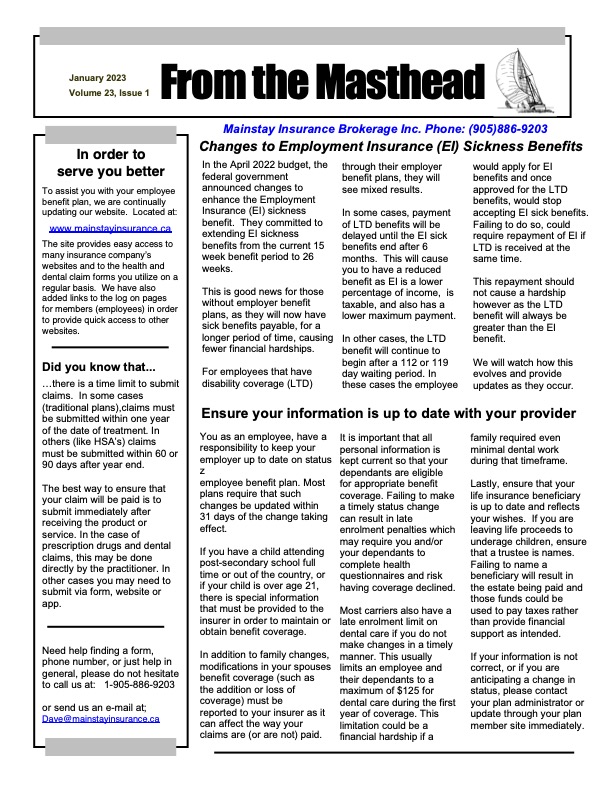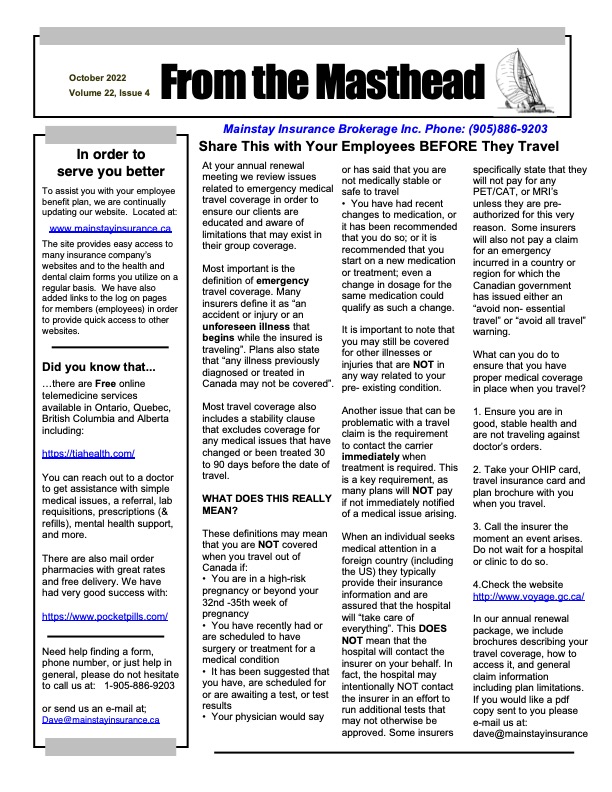Each year the various provincial dental associations set the suggested dental fee guide for the coming year. Most dentists follow this guide to charge for the regular work they perform (there are also specialists guides and orthodontics are different again). Most insurers also use them as a guide for ensuring a fair amount is paid (like a reasonable and customary (R&C) table) for the reimbursement of dental claims.
2023 is looking to be the highest increase I’ve seen in my 26 years in the business. This is likely in response to the higher costs incurred during the pandemic and the recent jumps in the inflation rate. So far, we’ve heard from Ontario with an increase of 8.5%, Quebec at 9.8%, Manitoba 5.25%, PEI 5.77%, Saskatchewan 5.62%, and Alberta with 6.0%.
On top of the fee guide adjustment, which increases the cost for the service, we are also seeing increases in trend (coming back more often) and utilization (sitting in the chair for longer). Together these will mean dental costs will increase by about 10% if you are an AVERAGE user. Plans facing their first year renewal (with a new plan) will often see much higher increases as employees get work done that had been put off until the plan was put in place.
The ODA Suggested Fee Guide
Ontario dental fees may also be influenced by the ODA’s annual Suggested Fee Guide. The Guide lists every dental service that dentists may perform. It also outlines dental codes and suggested fees for each specific service. Both dentists and dental plan providers may use the Guide as a reference point to help inform service fees.
Dentists are not required to follow the Guide or any fee schedule. They set their own fees based on the factors influencing their individual practice. This means that your dentist’s fees may vary both above and below the Guide.
Many dental plan carriers will base their plan coverage on fees and codes within the Guide. In some cases, the coverage may be based on previous years’ Guides (going back a year or more). Dental plan providers do not work with the ODA to develop the Guide.



